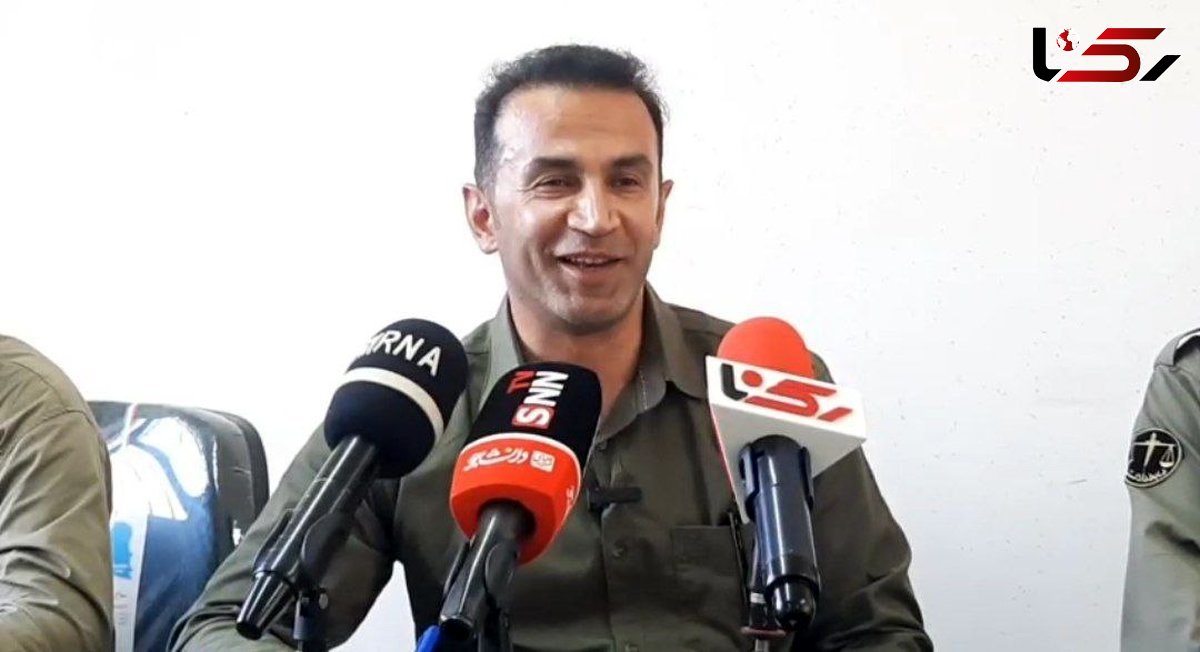Baqer Nezami, National Director of the Asiatic Cheetah Conservation Project, announced
Just Five Years to Save Iran’s Cheetah Before Extinction + Video
Rokna Social Desk: The population of the Asiatic cheetah in Iran is in a critical condition. Baqer Nezami, National Director of the Asiatic Cheetah Conservation Project, emphasized that a five-year national conservation program has been formulated. He stated: “If effective action is not taken during this critical period, this valuable species will be permanently eliminated from Iran’s natural environment.”

According to Rokna, Nezami highlighted that the five-year national conservation program was developed with extensive collaboration among specialists. He stressed: “If effective measures are not implemented during this critical period, this valuable species will be permanently lost from Iran’s nature.”
He outlined five main pillars of the program:
-
Habitat Protection and Enhancement: Increasing both the quality and quantity of protection in primary cheetah habitats.
-
Stakeholder Engagement and Empowerment: Collaboration with local communities, the private sector, governmental institutions, and the judiciary.
-
Scientific Monitoring and Research: Development of monitoring methods, precise data collection, and analysis of population status.
-
Captive Breeding: Scientific management of breeding programs to stabilize the population.
-
Education and Human Resource Development: Enhancing skills of conservation staff and environmental experts.
Nezami mentioned collaboration with specialists such as Dr. Ansari, Dr. Sohrabi, and Dr. Yousefpour, noting: “Through team cooperation, significant steps have been taken toward achieving these goals.”
Asiatic Cheetah Population Status
Due to the elusive nature of the species, accurate population figures are obtained through field monitoring and camera traps: 7 adult males, 5 adult females, 2 of unknown sex, 6 cubs with their mothers, and 6 cheetahs in captivity.
Nezami stressed that these numbers reflect the minimum known population, and the actual population is slightly higher, but the situation remains extremely critical.
Main Conservation Challenges
The National Director cited budget and personnel limitations. The projected budget for fully implementing the five-year program was $1.5 million, but an independent funding line was not approved; the program is now classified under the broader Biodiversity Project.
Human-wildlife conflicts, arising from local community conditions and the employment of low-wage herders, combined with limited staff and protective resources, have made cheetah conservation challenging.
Historical Context and Operational Structure
The international Asiatic Cheetah Conservation Project operated from 2001 to 2018, successfully preserving the species. Nezami explained: “The central project team is small, and the main execution of plans relies on provincial colleagues. The project office primarily provides scientific guidance, consultation, and oversight.”
International Limitations and Technological Needs
Nezami noted that sanctions and international restrictions pose challenges: “Protecting cheetahs requires modern equipment such as camera traps and tracking collars. International support has also declined in recent years.”
Need for Transparency and Oversight
He emphasized the importance of precise monitoring and transparent management of financial resources: “Transparency in expenditure and project management is key to building trust and increasing domestic and international support.”
Future Outlook
Nezami concluded with a warning: “The window of opportunity to prevent the extinction of the cheetah is extremely limited. Success requires inter-agency collaboration, sustainable funding, the use of modern technologies, and active participation of local communities. If we do not act today, it will be too late tomorrow.”
Send Comments